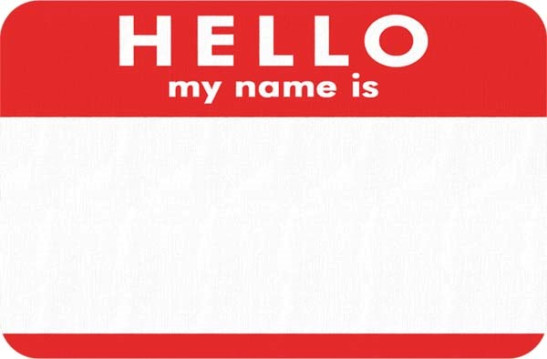5 Fascinating Facts about How Medications Get Their Names
Medical Pharmaceutical Translations • May 19, 2014 12:00:00 AM

For most of us, medication is a part of life, whether it’s a prescription you take daily, or the occasional pill for a headache. Some medicine brand names have even become words in our common vocabulary – if I write Tylenol, Tums, or Viagra, for example, chances are you know what the pill does. But how do these medications get their names in the first place? Here are some quick facts that help answer that question…and that bring up some interesting issues about medical nomenclature:
1.A medication has multiple names. When a new drug is being tested in a lab, it has a chemical name that lists what it’s made up of. Because this is usually pretty long, it also gets a short code name, usually consisting of an abbreviation of the lab that created it, and the number molecule it is of those that have been created in the lab. As you might imagine, these names would be hard for most of us to remember, so if the drug ends up making it through tests and trials and goes on the market, it’s renamed. This third name is the brand name that the laboratory chooses. They’ll have exclusive rights to the medication only for about 15 years before other labs can start making it – under either a generic name or their own brand name. The brand name is important, of course; as this article points out, just like with any other product, if it sticks in your mind, you’re more likely to ask a pharmacist for it, rather than for another lab’s version. A drug can also have different names in different countries, both as far as brand names go (“Tylenol” likely won’t ring a bell to a French patient, but “Doliprane” will!), and approved names (for example, acetaminophen is called paracetamol in Europe). Medical translator Jiayi Huang wisely advises colleagues to use a medication’s International Nonproperty Name, established by the World Health Organization in addition to whatever other name they choose to refer to it by.
2. Patients’ gender can influence how a drug is named –right down to the letters! In an article on Boston.com, Dr. Suzanne Koven tells us, “’S.’ ‘M,’ ‘V,’ ‘L’ and ‘R’ are ‘soft’ letters, which the names of drugs for women are likely to include”, while “Medications marketed to men are more likely to contain a ‘hard’ sound like ‘T,’ ‘G,’ ‘K’ or ‘X’”.
3. Although there are a lot of factors that influence drug names, there can still be similarities between medical monikers. The frequent use of popular prefixes, suffixes, and even individual letters are the cause of as much as 15% of prescription errors, Koven warns. So if you’re prescribed a new medication, you may want to look it up or read the instructions before you take it, to be sure it’s the one you’re supposed to take!
4.Some suffixes are commonly used for certain kinds of drugs. For example, -azepam is used for a group of anti-anxiety medicines, and -conazole for several anti-fungal treatments. Getting familiar with them could be another way to avoid any prescription errors!
5.There are some big no-no’s when it comes to naming drugs. Each country or region has an official organization that regulates these things, but most of their rules are similar, and their overall goal is for drugs’ names to be as clear as possible to consumers. In America, the U.S. Adopted Names Council lays down the law, forbidding, for example, “Prefixes that imply ‘better,’ ‘newer,’ or ‘more effective’”.
Like many of the seemingly unremarkable details of everyday life, medical nomenclature is more complex and interesting than I’d imagined. I don’t know about you, but the next time I get a prescription filled, I’m definitely going to think about how it got its name!
#pharma #drugnames #medicine #drugnaming #namingconventions #aiatranslations
